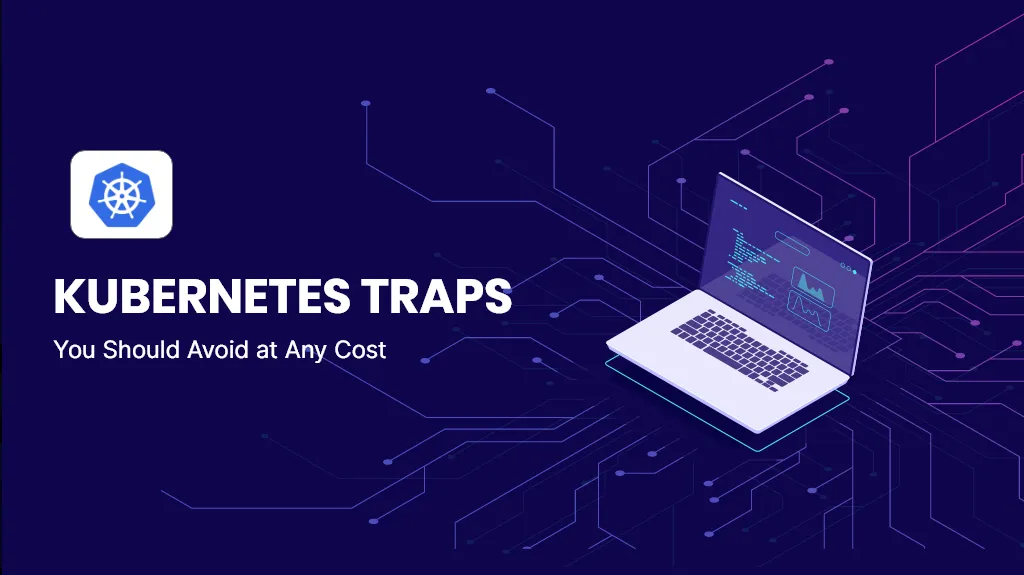Understand the challenges Kubernetes poses in cost management and solve the Kubernetes cost optimization riddle with the best practices found in this article.
Cost management gets complicated fast in Kubernetes, and more businesses will face this problem soon. According to Gartner, 75% of companies will be running containerized applications in production by 2022.
If you use Kubernetes on AWS, you’re probably implementing best practices to reduce your bill already. To maximize your cloud cost savings, though, you need to understand the specific challenges Kubernetes poses in cost management and optimization. Read this article to find out what they are and how to handle them.
Why Are Kubernetes Cloud Costs So Confusing?
Before containerization, allocating resources and costs was way easier. You just had to tag resources to a particular project or a team. This was enough for FinOps to determine your typical cost structure and control your budget better. Calculating the total project cost was easier once you mapped the vendor tags and identified the team that owns the project.
Naturally, in this scenario, you’d also be run the risk of overprovisioning your resources. Developers might order more resources than they need to make sure applications run without interruption. As Kubernetes and other containerization tools become more widespread, the traditional process of allocating and reporting on costs doesn’t work anymore. Figuring out Kubernetes cost estimation, allocation and reporting isn’t easy.
If you still can’t make sense of your team’s expenses in detail, don’t worry. You’re not the only one out there who struggles to keep costs at bay. To improve your cost control, start by exploring these cost challenges.
#devops #aws #kubernetes #eks #cloud cost management #cloud cost analysis #spot instances
